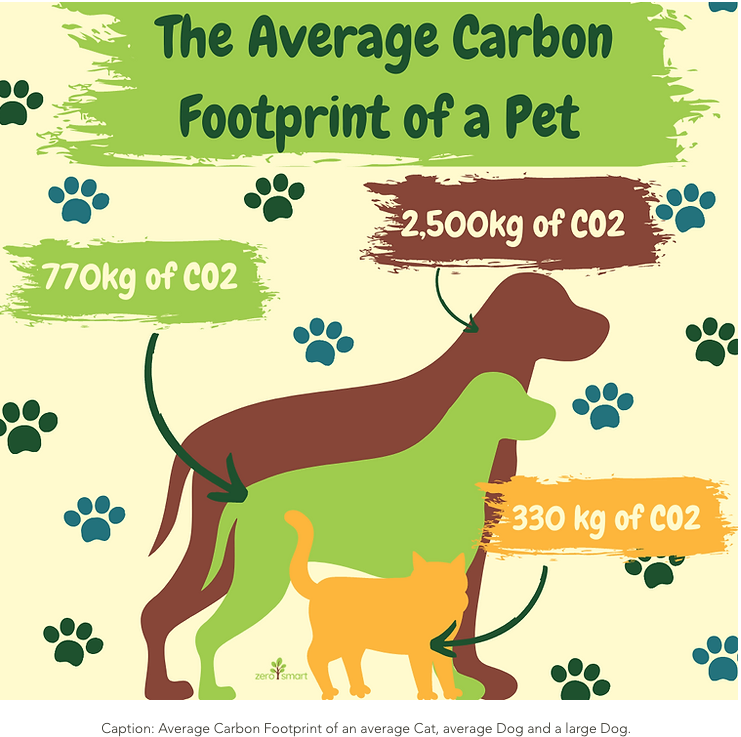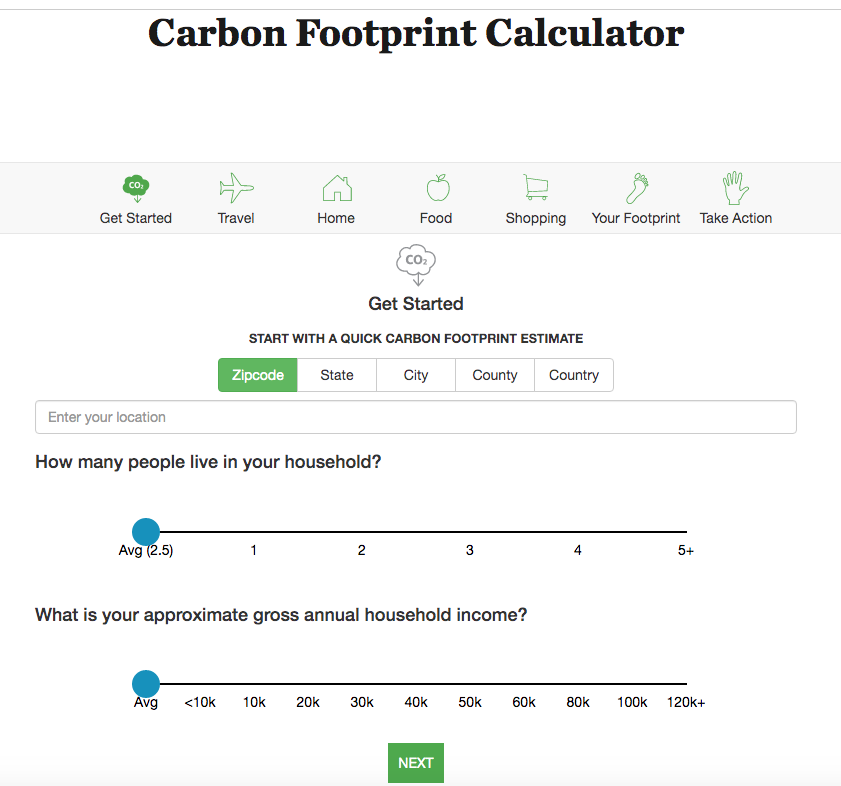Did you know that your pet has a carbon footprint?
Welcome to the era of calculating Sparky’s CO2 emissions!
What is a carbon footprint?
A carbon footprint is the total amount of greenhouse gases (including carbon dioxide and methane) that are generated by our actions.
The average carbon footprint for a person in the United States is 16 tons, one of the highest rates in the world. Globally, the average carbon footprint is closer to 4 tons. To have the best chance of avoiding a 2℃ rise in global temperatures, the average global carbon footprint per year needs to drop to under 2 tons by 2050.
Lowering individual carbon footprints from 16 tons to 2 tons doesn’t happen overnight! By making small changes to our actions, like eating less meat, taking fewer connecting flights and line drying our clothes, we can start making a big difference.
What is a carbon pawprint?
A Carbon Footprint is the total amount of greenhouse gases that are generated by our actions.
- The carbon footprint of our pets, therefore, is the total amount of greenhouse gases that are generated by their actions (primarily, their diet).

- According to a study in the journal PLOS, in the US, there are more than 163 million dogs and cats that consume, as a significant portion of their diet, animal products and therefore potentially constitute a considerable dietary footprint. Our pets create a considerable carbon ‘pawprint’ on the globe.
- A country made up of just cats and dogs would rank fifth in the world for meat consumption
- Pet food contributes to 64 million tons of carbon dioxide, the equivalent of driving 13.6 million cars, being dumped into the atmosphere per year
- It is not just the food they eat but also the packaging. Pet Sustainability Coalition estimates that 99% of pet food bags end up in the landfill. These numbers are alarming and they are just the tip of the iceberg.

The Nature Conservancy set up an online Carbon Footprint Calculator [Link]
How to Minimize your pets Carbon Footprint
Fortunately, there are several things that you can do to reduce your pet’s Carbon Footprint and help safeguard the future for all animals on earth:
- Consider their food.
- The first way to reduce their carbon footprint is to simply reduce the amount of food which they eat.
-
Another way to reduce our pet’s carbon footprint is to reduce their beef intake.
-
The carbon footprint of beef is nearly four times that of chicken. Opting for fish, chicken, or insect-based options (yes! Insect based food) is a good way to significantly reduce your pet’s carbon footprint.
- Toys
-
The pet care accessory market has grown by 66% in the past ten years. Plastic pet toys come at a huge cost for our environment – pet toys continue to drive demand for unsustainable, fossil-fuel derived products.
-
One way of reducing our pet’s impact on the planet is to reduce the number of toys or make sure that you only buy sustainable toys for your furry friend.
-
- Sustainable Pet Essentials
- There is now a huge market for sustainable pet essentials. Many pet beds and other everyday items are not only eco friendly (made from 100% natural materials), but many are also designed to be long-lasting and hypoallergenic. Reading the labels and descriptions can help with eco friendly choices.
- Offset Your Pet
-
When it comes to making your pet environmentally friendly, there is only so much that cutting their food, swapping their toys and changing their litter will do. It is unavoidable that having a pet is going to cause some emissions that hurt the planet. Fortunately, you can support verified scientific projects that eliminate their carbon footprint with organizations that are active in trying to improve the environment.
-
[Link]

